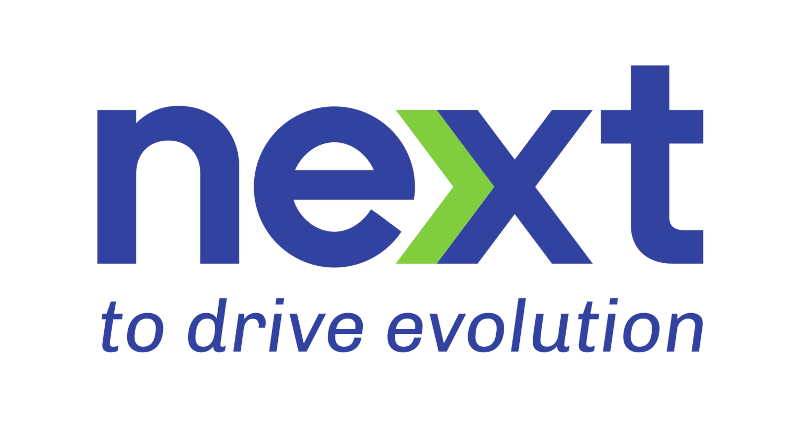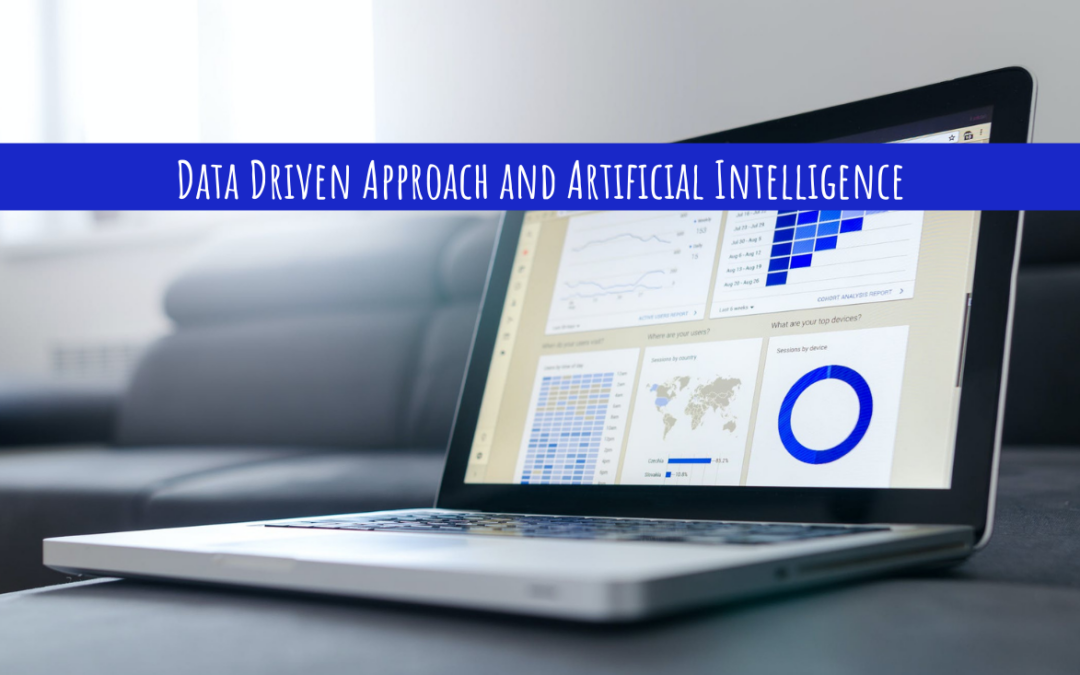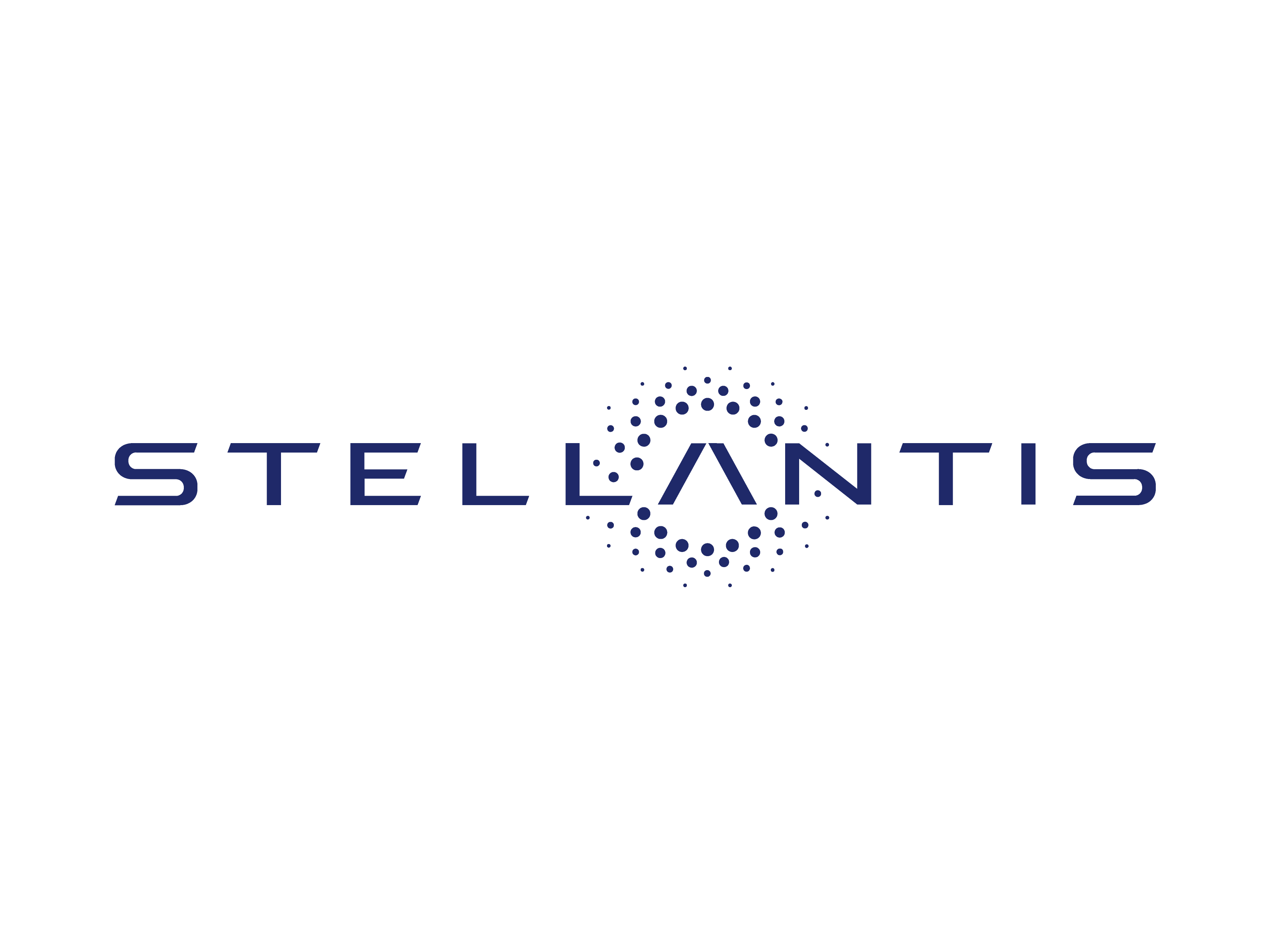In recent times, perhaps due to the period we are living in, in which “monitoring” is one of the words we hear most often on a daily basis, there is a lot of talk about the data driven approach.
At all levels: from marketing to design, from research and development to production.
Data driven, literally, means generating decision-making processes based on information derived from acquired data.
Actually, it’s not a new approach (or shouldn’t be), at least in the industrial environment and for all those who, by role and responsibility, have always been tasked with improving production efficiency and eliminating waste.
I’m thinking of tools like OEE for general plant efficiency, or Machine ledger for maintenance management and many other tools that, every day, in all plants, for years, have been acquiring data and making them available.
Available to whom?
Naturally, to those subjects we normally call “decision makers“.
Because that’s what data is for: making (the best) decisions.
The data-driven approach, if you think about it, is the best way to make the most of the huge amount of data that we are now able to acquire with relative ease: it means that everyone in a company is able to make better decisions on a daily basis, thanks to data.
Of course, it’s not enough to collect data (which is a necessary activity in any case), but it’s necessary to analyze it and act on it.
In this way, data becomes a very powerful tool for growth. Let’s see how:
- The data-driven approach establishes, first and foremost, which KPIs are relevant to the company’s business
- It creates a group of decision-makers to make that data intelligible and thus truly exploitable
- A deep understanding of their business allows companies to focus on long-term goals (the true purpose of any continuous improvement process) rather than quick, short-term gains.
- Opportunities and risks are identified in advance. Those that may have been previously unknown due to lack of data or technology.
The data-driven approach: better questions, for better answers
Reporting and database query tools are traditionally used to provide answers to our questions.
This works if we assume that we are asking the right questions. An error at this stage, goes to undermine the quality of the results coming from the data.
The data driven approach attempts to improve precisely the questions through hypotheses that help explain trends and correlations between the data.
This modus operandi helps companies experiment, almost without risk. It is precisely the risk, the fear of failure, that holds companies back from experimenting, from taking new paths: data, if well addressed, can tell us a lot about the future and its opportunities.
Size is important… but it’s not enough

Trend Big data
The research trends on “Big data” since the years in which we started talking about Industry 4.0 (2013) tell us a lot about the availability of current data, thanks to new technological achievements: from the computational capacity of modern computers, to the development of the cloud, IoT, the evolution of mobile, social platforms, etc.

The amount of information available today is unparalleled to the past, but, without a doubt, it is more complex. This makes it difficult for organizations to manage and analyze their data.
Technological adaptation, which is relatively simple, must be driven by the development of a corporate culture, i.e., investing in people and their data-driven skills at all levels, from the operator to the sales manager.
It is also necessary to properly define the business objectives, both at management level and at the level of individual departments and, of course, a clear definition of the KPIs that are important for the company.
Define the source of the data to be collected.
Data collection must be followed by a data visualization and analysis phase.
“Without the visual analytics solution, we would have continued to analyze huge amounts of data in spreadsheets. Dashboards, on the other hand, provide clear, actionable information that drives the business.”
DONALD LAY, SENIOR BUSINESS INTELLIGENCE MANAGER DI CHARLES SCHWAB CORPORATION
Using dashboards, which are clear and clean, give a big boost to “understanding” the data we have captured. Above all, understanding data means reading trends and consequently “predicting” the future. The use of reports presented in visual mode encourages people to ask questions: questions that are answered by the data itself.
Artificial Intelligence at the service of data strategy
So, we’ve established what data is important to us, the metrics we need to monitor, we’ve collected the data, and finally we need to analyze it.
It is clear that in this process, a fundamental role could be played by Artificial Intelligence and Deep Learning, which, however, will have to be included within the data strategy.
The Data Strategy indicates how the company intends to use its data, in line with the objectives, priorities and available resources.
In the industrial environment, in Production and in the Supply Chain, every device is connected and communicating, designing the Internet of Things of which there is so much talk since we entered the fourth industrial revolution.
So, there are countless data that can be acquired: from HMI, PLC, sensors, cameras, etc.
There are 2 factors that today lead companies to approach a data driven logic:
- The recent multiplication of data sources;
- The technology to leverage all this data, even in real time.
When we talk about technology, we can’t help but refer to Artificial Intelligence and Deep Learning, which have given a great impetus to the automation of processes, the solution of real time problems and the implementation of predictive functions, as for example already happens in the most advanced management of machine maintenance.
The theme of the data driven approach is one that we will soon go into in-depth in our Smart Factory Blog.
We will do so by going into detail about concrete solutions that will help us to better understand how, in the near future (very near) companies, in the industrial field, will be able to give an important and decisive turn to all their processes.
If you’re interested in the themes that we’re covering, follow and text us on Linkedin: we’d like to know YOUR opinion
You may want to use something even quicker, in that case, follow us on Telegram!


















Recent Comments